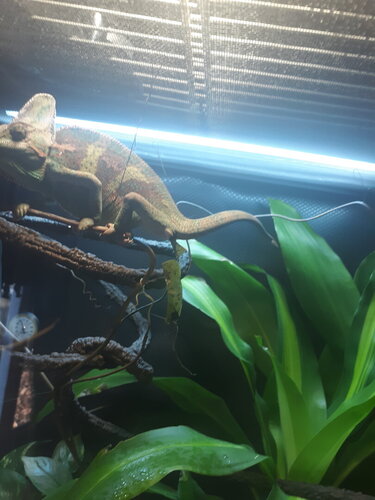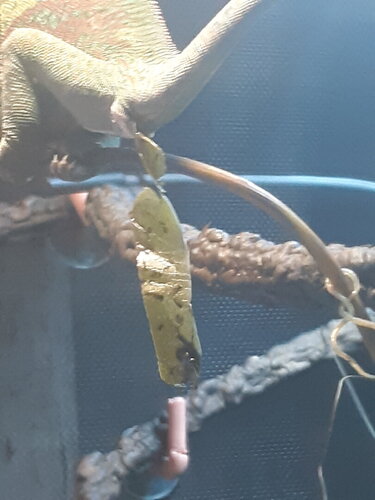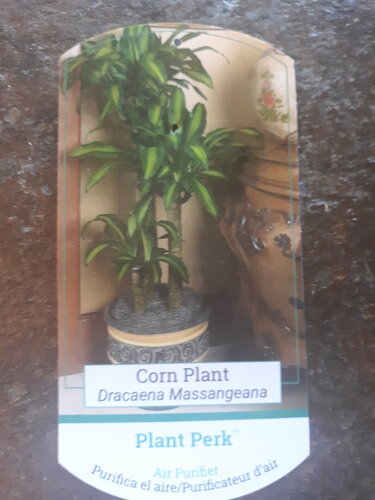Bob 9-1-19
New Member
So I woke up to this this morning does this mean this plant is not digestible it was pretty scary for a second but he got it out now here is what plant it is 100% sure of it and we looked it up here and found a thread somewhere saying it was safe but now I'm wondering if it is




